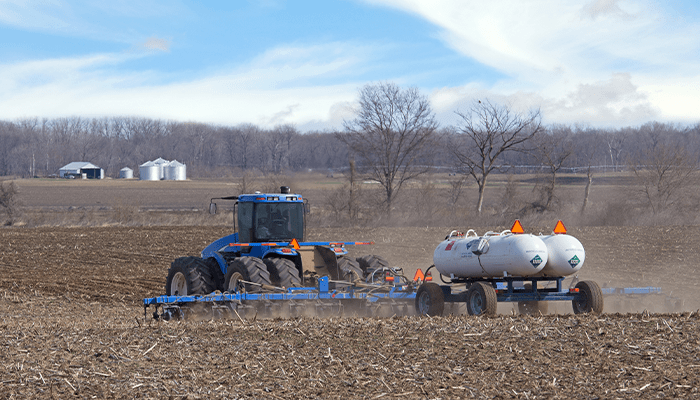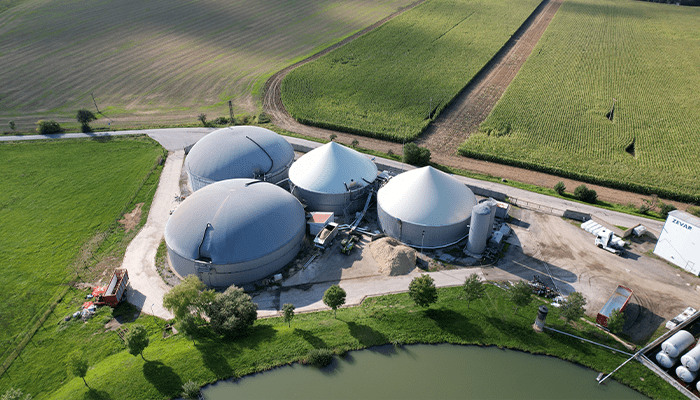
How Legal System Abuse is Driving Up Insurance Costs and What Agribusinesses Can Do About It
Insurance premiums in the excess and umbrella markets continue to rise, and one of the key reasons is something that often goes unaddressed outside the legal and insurance worlds: abuse of the legal system. This isn't just a problem for trucking or healthcare companies; it affects many industries. Agribusinesses are also feeling the impact, particularly those with fleets, public-facing operations, or significant employment risks.
Here’s a look at what’s happening and what agribusinesses can do to push back.
What’s Driving Legal System Abuse?
Insurers are seeing losses driven more by litigation strategy than by actual damages. These are some of the tactics fueling higher verdicts and settlement pressure:
- Aggressive plaintiff attorney advertising that encourages high-volume, low-merit filings.
- Exaggerated or frivolous lawsuits that still require a defense, driving up costs.
- Nuclear verdicts (jury awards exceeding $10 million) are often disconnected from the actual harm.
- Reptile theory – a courtroom tactic that uses fear and moral pressure to get juries to punish defendants.
- Medical liens and letters of protection – arrangements that inflate medical bills and delay resolution.
- Eroding damage caps on non-economic losses, like pain and suffering.
- Third-party litigation funding – outside investors bankroll lawsuits, hoping for a big payout, yet juries aren't informed of their involvement.

How Are Insurance Carriers Responding?
Carriers are using a mix of advocacy, collaboration, and technology to manage this growing threat:
- Pushing for legal reform, including caps on non-economic damages and mandatory disclosure of third-party funding.
- Improving claims management with faster and fairer resolutions to avoid drawn-out litigation.
- Using predictive analytics to spot potential problem claims earlier.
- Sharing intel across industries to flag trends and frequent filers.
What Can Agribusinesses Do?
While insurers and trade groups are leading this fight, agribusinesses can take proactive steps, too:
- Document everything. Well-kept records can deter frivolous claims and support a strong defense.
- Work closely with your broker and carrier to understand claim trends and loss drivers.
- Invest in safety and training. These programs reduce both the likelihood of incidents and your exposure in the event of one occurring.
- Being selective in contracts and partners, including the inclusion of indemnity clauses and thorough vetting of third parties, can help reduce legal exposure.
Legal system abuse is adding friction and cost across industries, and agribusiness is no exception. Staying informed and engaged, especially with your insurance partners, can make a significant difference in navigating this trend and maintaining both affordable and effective coverage.
Related articles

Nitrogen is the cornerstone of crop production, vital to plant health and growth. However, one of the most efficient yet challenging sources of nitrogen is anhydrous ammonia (NH3). While NH3 is an...

Carbon credits as a concept have been around for years, offering both environmental and economic opportunities for the agriculture sector. With sustainable practices taking center stage, it's...

The outlook for the U.S. poultry market is promising as demand remains high, flock populations have recovered, and market prices are expected to increase, according to the USDA’s August 2024...